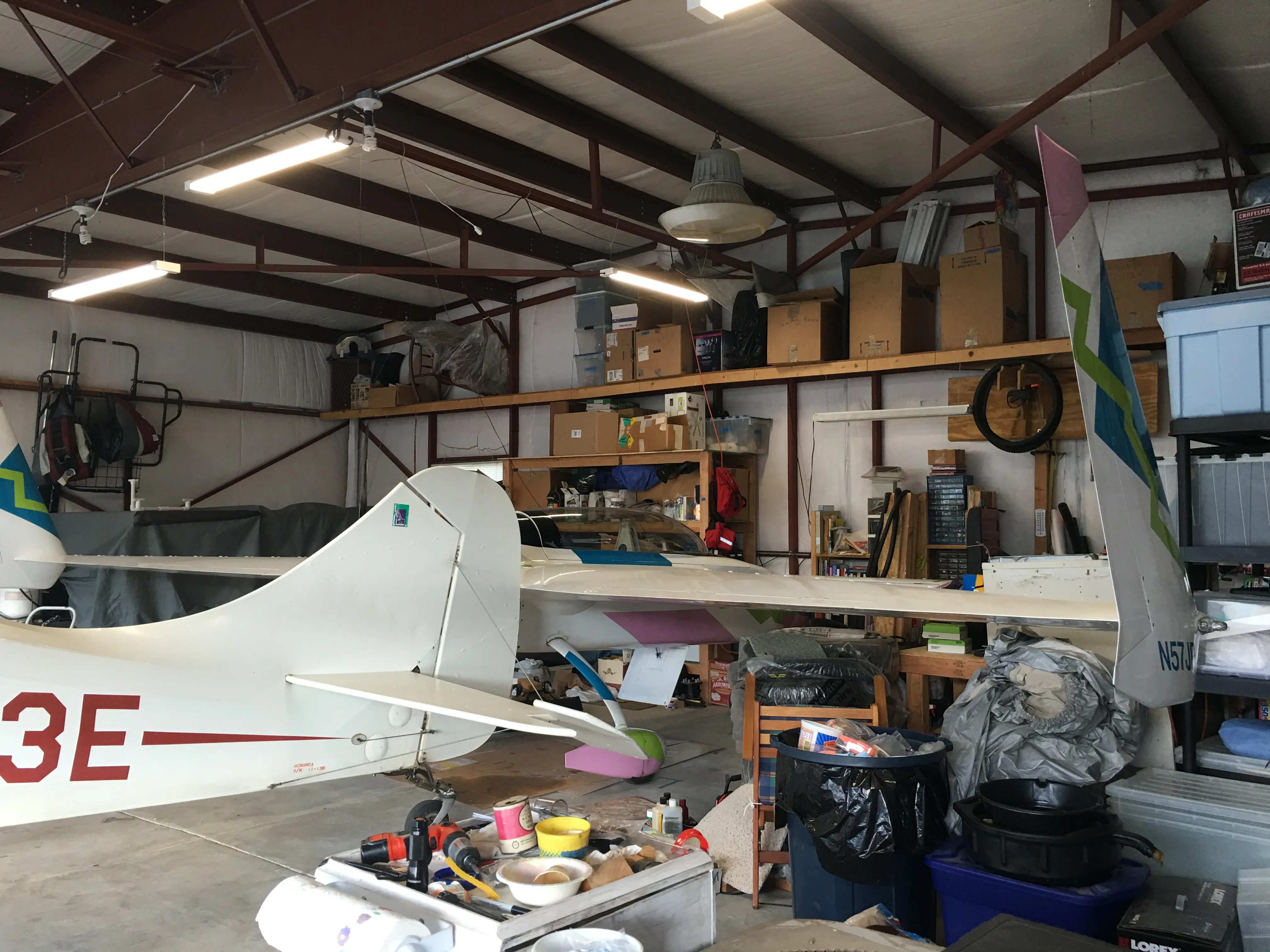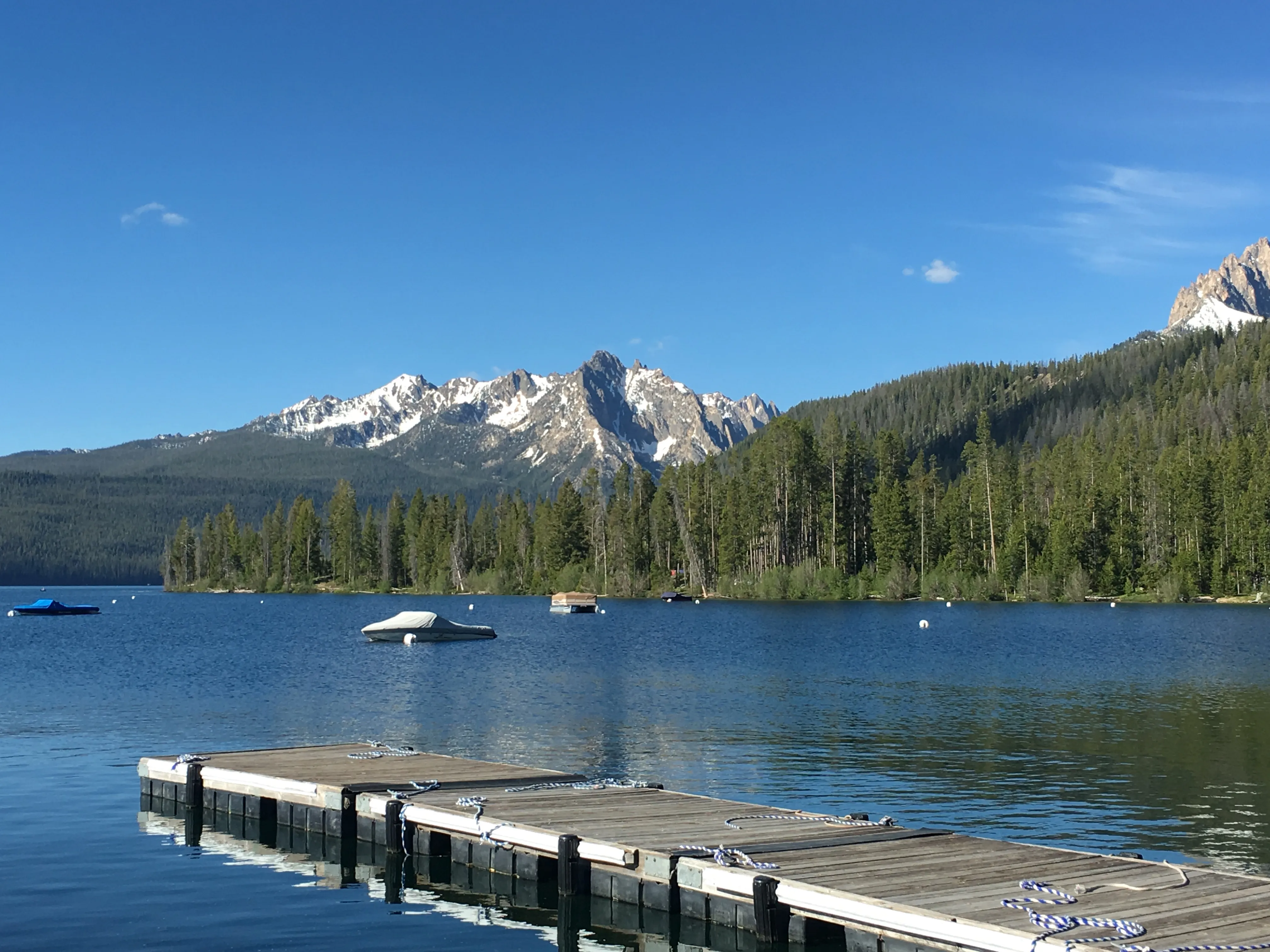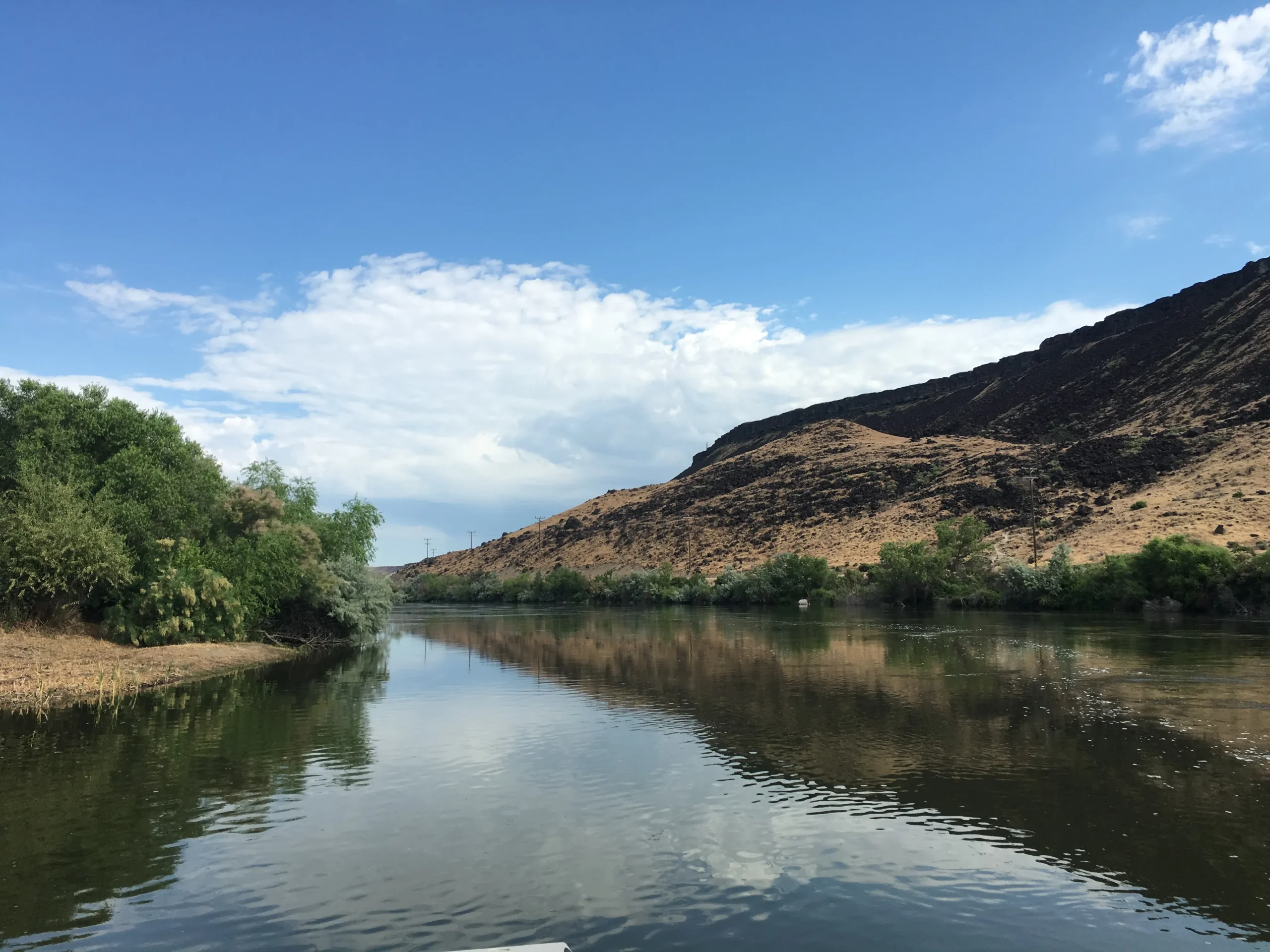Idaho, a mountainous state in the Northwestern United States, is renowned not only for its majestic natural landscapes but also as one of the few remaining places in the world where you can experience the thrill of photographing wild gray wolves. Unlike typical sightseeing tours, a wolf photography expedition in Idaho offers a unique blend of adventurous thrill, wilderness exploration, and the chance to capture stunning moments of an iconic animal.
The mountainous terrain of Idaho, with its rugged landscapes and diverse ecosystems, provides an ideal habitat for gray wolves. This region is not just an appealing tourist destination but also a haven for wildlife photography enthusiasts, especially those seeking to challenge themselves with the dramatic and unique experience of photographing gray wolves.
Discovering Idaho’s Mountains – The Perfect Wolf Photography Location
To begin your wolf photography journey, choosing the right location is crucial. Idaho’s mountains boast vast wilderness areas where gray wolves thrive. Here are some outstanding destinations to consider:
- Sawtooth National Forest: Located in central Idaho, Sawtooth is a majestic mountain range featuring jagged granite peaks, pristine alpine lakes, and expansive pine forests. It’s an ideal habitat for gray wolves and one of the most famous wolf photography spots in Idaho. Sawtooth’s untouched beauty and biodiversity will provide you with unique and impressive shots.
- Yellowstone National Park (Idaho Portion): Although most of Yellowstone is situated in Wyoming and Montana, a small section extends into Idaho. This area is also home to several gray wolf packs, particularly around Yellowstone Lake and the adjacent valleys. Yellowstone is famous for its diverse and rich ecosystem, offering a fantastic opportunity not only to photograph gray wolves but also to discover many other wildlife species.
- Nez Perce-Clearwater National Forests: This vast protected area covers a rugged mountainous and old-growth forest region in northern Idaho. It’s one of the areas with the highest gray wolf densities in Idaho. Nez Perce-Clearwater delivers an authentic wilderness photography experience, where you can immerse yourself in nature and search for wolf tracks in their natural habitat.

Preparing Thoroughly for Your Wolf Photography Expedition
Photographing gray wolves is not an easy tourist activity. It demands meticulous preparation in terms of physical fitness, skills, and equipment. Here are crucial factors to keep in mind:
- Physical Fitness and Health: Idaho’s mountainous terrain is quite rugged, and tracking wolves can involve hours of hiking over uneven ground. You need good physical fitness and stable health to cope with these challenges. Engage in regular exercise before your trip to ensure you have sufficient stamina.
- Navigation and Survival Skills: Orienteering skills in the mountains and basic survival skills are extremely important. You need to know how to use a map, compass, or GPS to avoid getting lost. Additionally, mastering survival skills such as finding water sources, setting up camp, and basic first aid will help keep you safer in the wilderness.
- Specialized Equipment: To capture high-quality wolf photos, you need to invest in professional photography gear. A telephoto lens with a long focal length (400mm or longer) is essential for shooting from a distance. A camera with fast shooting capabilities and good image quality in low light conditions is also crucial. Furthermore, a tripod, professional camera backpack, warm clothing, hiking boots, and other personal items should also be fully prepared.
- Understanding Wolf Behavior: To increase your chances of successful photography, you need to learn about gray wolf behavior, habits, and habitat. Gray wolves are typically most active at dawn and dusk. They live in packs and have their own territories. Understanding these aspects will help you determine the appropriate time and location to find and photograph them.

The Wolf Photography Experience – A Journey of Challenges and Emotions
A wolf photography expedition in Idaho’s mountains is not just a tourist trip but also a challenging and emotional experience. You’ll immerse yourself in the wilderness, explore stunning landscapes, and face difficulties to achieve your photography goals.
- Tracking: To find wolves, you need to patiently follow their tracks in the forest. Footprints, scat, or wolf howls can be important clues. Reading and analyzing tracks requires meticulousness and experience. Consider joining guided photography tours with local experts for assistance in tracking.
- Waiting and Observing: Once you’ve identified an area where wolves are likely to appear, find a good hiding spot and wait patiently. Observing in silence and stillness is crucial not to disturb the wolves. Have your camera and lens ready so you don’t miss any moments.
- Precious Moments: When gray wolves appear, it’s the most precious moment of your photography journey. Seize the opportunity to capture impressive images of these wild animals in their natural habitat. The agility, wild beauty, and mysterious gaze of wolves will be an endless source of inspiration for your photos.
- Challenges and Rewards: Wolf photography is a challenging activity. Harsh weather, difficult terrain, and the unpredictability of wildlife can be discouraging. However, when you overcome these challenges and capture stunning wolf photos, the reward will be incredibly worthwhile. It’s not just about beautiful pictures but also the pride in your perseverance, passion, and ability to conquer the wilderness.

Important Notes for Wolf Photography
Wildlife photography, especially of gray wolves, requires respect for nature and animals. Here are important guidelines to adhere to:
- Comply with Laws and Regulations: Learn and comply with wildlife conservation and hunting laws and regulations in Idaho. Wolf hunting may be restricted or prohibited in certain areas. Ensure you have all necessary permits and follow the rules when participating in photography activities.
- Do Not Invade Habitat: Minimize your intrusion into the wolves’ habitat. Avoid making loud noises, littering, or damaging vegetation. Maintain a safe distance from wolves and do not attempt to approach too closely or feed them.
- Ensure Safety: Gray wolves are wild animals that can be dangerous. Always keep a safe distance and never approach wolves alone. Travel in groups or with professional guides. Carry pepper spray or other self-defense devices for emergencies.
- Respect Animals: The purpose of photography is to capture the beauty of wolves in nature, not to harm or disturb them. Respect the animals’ right to live and their privacy. Avoid putting pressure on or stressing them just to get a good photo.
Conclusion
Experiencing gray wolf photography in the mountains of Idaho is a unique and memorable journey for those who love wilderness and wildlife photography. This is not only an opportunity to challenge yourself and explore Idaho’s stunning landscapes but also a chance to understand more about gray wolves, a symbol of wilderness and freedom. Prepare thoroughly, adhere to safety principles, and respect nature to have a successful and meaningful wolf photography trip. Surely, the moments you capture will be invaluable memories and exciting stories to share with friends and family.
